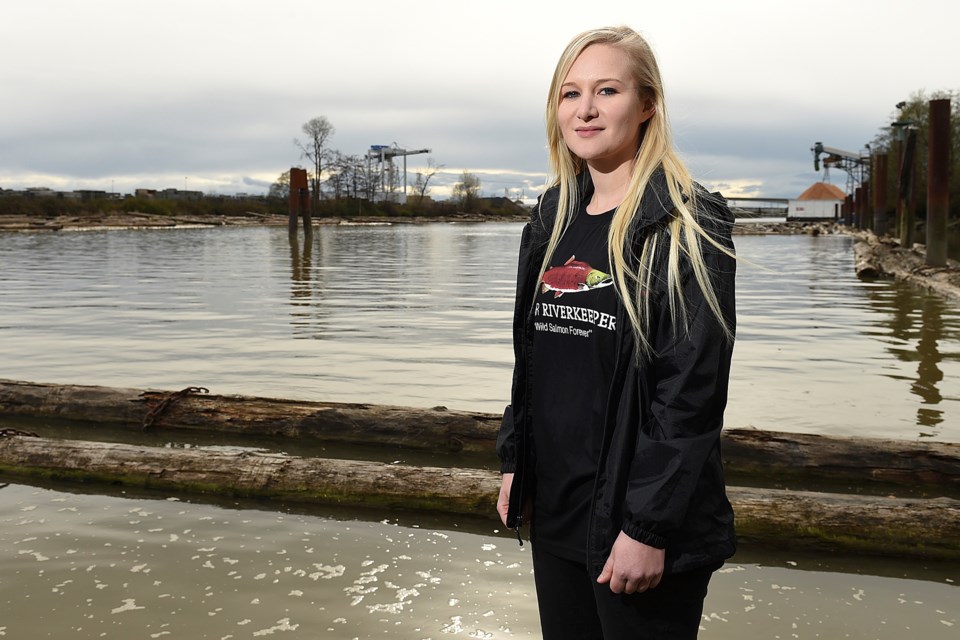Howe Sound
Howe Sound is North America’s southernmost fjord, located within the traditional territory of the Squamish Nation alongside the Sea-to-Sky corridor, just northwest of Vancouver. It boasts the steep walls, cold winds and mountainous skyline of a fjord, as well as being home to populated islands such as Bowen and Gambier. Dr. Andrew Day, executive director of the Vancouver Aquarium’s Coastal Ocean Research Institute (CORI), calls Howe Sound a “rare gift” – not just a slate-grey jewel in the landscape, but an untamed playground for divers, sport fishermen, residents and tourists. Once a marine Garden of Eden brimming with herring, salmon, resident whales and sponge reefs, however, Howe Sound’s proximity to a major city, as well as the introduction of whaling, mining, pulp mills, commercial fisheries and residential development over the past century, has led to dramatic changes to the sound’s delicate ecosystems – 99 per cent of which remain unprotected.
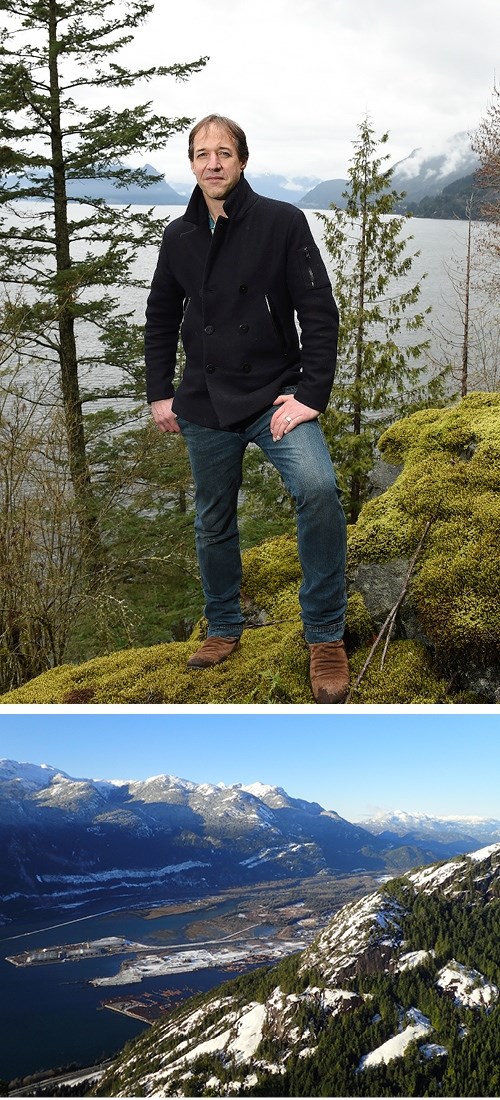
Can you swim in it:
Yes. Howe Sound is a hub for water sports like sailing, kayaking, diving, fishing, paddleboarding and wind surfing.
Notable species:
The Squamish River, located near the top of Howe Sound, makes for a “particularly rich” type of ecosystem, says Day. “You find a wide diversity of species in Howe Sound. You find species, like sponge reefs, that are quite unique globally. And, in the case of Howe Sound, there are some that are not very deep, so they can be accessed by divers in a way that can’t really happen elsewhere.”
Endangered species:
Given its ravaged history, Howe Sound is showing positive signs of recovery. Forage or bait fish such as herring and oolichan were once decimated; meanwhile, salmon, rockfish and lingcod populations were also historically fished to low levels, and are currently either challenged or haven’t yet been able to recover. “We’re seeing some early signs of recovery with herring, but nowhere near the historical abundance,” says Day. “And we discovered there was [once] an oolichan population of over a million fish in the Squamish River, and that’s gone.”
What would it have looked like 100 years ago:
The area’s cetacean populations (whales, dolphins and porpoises) show signs of “remarkable recovery,” but when researchers look back 100 years, it becomes evident the population is a fraction of what it was historically. “We know that in the Vancouver area there was 80-90 humpback whales in our resident population,” explains Day. “That population was killed in one year when the commercial whaling station was put in. That commercial whaling then proceeded up the coast of BC and [it was] basically serial genocide for all the resident populations. That pushed the humpbacks off shore […] and it’s taken quite a long time for that population to start moving back in.”
Biggest sources of pollution:
According to The Future of Howe Sound Society, the decommissioned copper mine at Britannia Beach, once the largest in the British Empire, discharged “considerable toxic effluent including copper, cadmium, iron and zinc into Howe Sound between 1905 and 2001.” A massive provincial cleanup initiative has improved things, but the mine was once one of the “worst polluting sites in the world,” says Day, and had a devastating effect on local fish populations. The ecosystem is also impacted by light and noise pollution, as well as sewage, pharmaceuticals, plastics and contaminants, like oil, from human activity nearby.
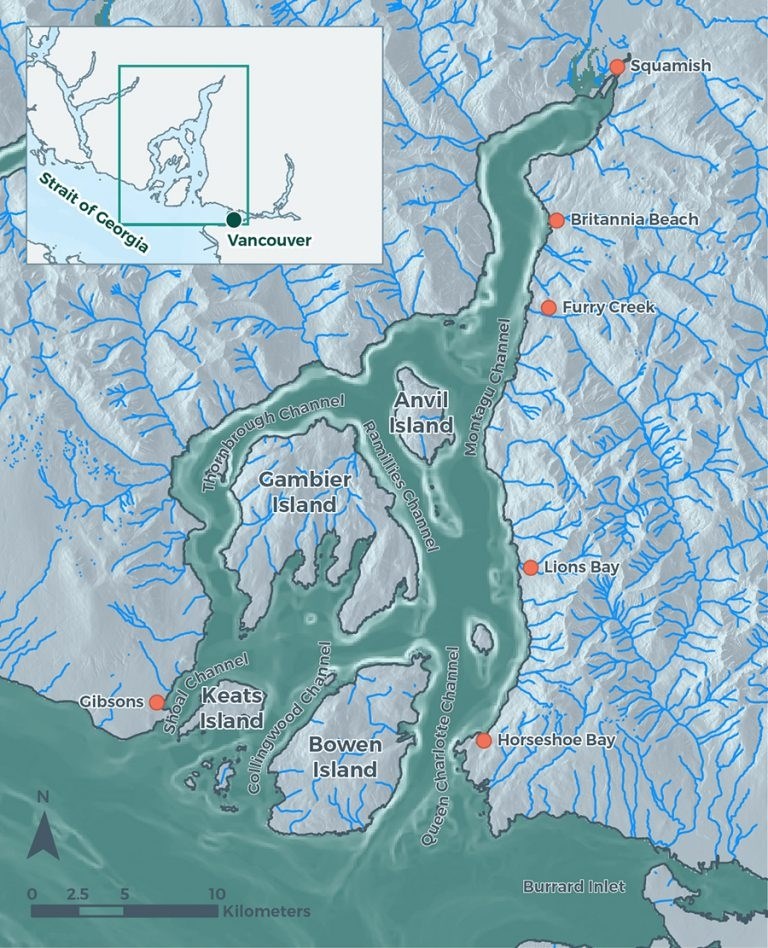
Biggest issue of 2017:
Population growth, and residential and industrial coastal development. “We need to decide the kind of relationship we want to have and need to have with nature,” says Day. “You can look at the history of Howe Sound and say, okay, the industrial heritage approach, where you just take all the good stuff out and put all the bad stuff in? That doesn’t work. And ultimately doesn’t really work for people. We eat fish that are polluted, our clean water is unsafe for swimming, the recreational activities [are impacted]. It comes back in a cycle to us.”
Climate change is another factor. As the ocean absorbs more carbon out of the atmosphere, the acidity (pH) of the water also changes.
Leeching from the Britannia mine, pulp mill effluent and problem vessels (abandoned or sunken boats containing fuel and contaminants) are a lingering issue.
Also, according to CORI’s State of Howe Sound” Ocean Watch report, despite being home to some of the most sensitive and unique habitats on the West Coast, less than one percent of the marine area of Howe Sound is in a designated Protected Area. Most of the species and habitats studied for the report are in trouble: nearly half are rated critical, while the other half are “lacking data, show low abundance, require restoration, and remain unprotected.”
What people can do to get involved/help:
Day says it’s actually quite difficult for people to intervene and recover nature. “What we can do, is stop pounding the crap out of it,” he laughs, ruefully, before noting that reversing the trend of stressing Howe Sound with waste, development and extraction will allow it to move itself towards a state of equilibrium. “If you give nature half a chance, it will do the rest.”
The action plan identified in CORI’s Ocean Watch report (available at oceanwatch.ca) was also endorsed by the Ministry of Fisheries and Oceans, the City of Squamish, Squamish Nation, a number of NGOs, as well as relevant industry groups at a presentation in February. “That’s really what it’s going to take,” says Day. “It’s got to be more than just government. It’s going to be all of those groups doing what they do, and citizen scientists, as well.” –KK
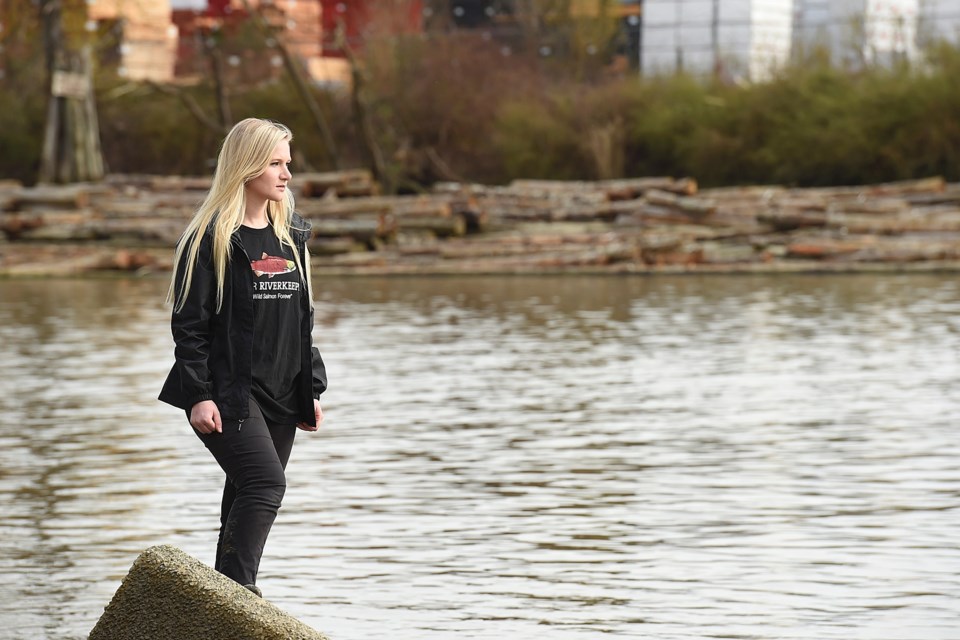
Fraser River
As the longest river in British Columbia, the Fraser River has a storied legacy, and much of the province’s history is tied to its impenetrable, fast-flowing waters. Along its route, the river passes through a number of traditional territories, including Sto:lo and Musqueam, on its way to the ocean, and it has been heavily exploited by human activity, from farming and fishing, to transportation and heavy industry.
Can you swim in it:
Not safely. Every year there are drownings, and even the most experienced swimmers can become exhausted and begin to struggle.
Notable species:
Native fish include white sturgeon, which can grow to over 1,000 lbs, as well as all five species of Pacific salmon. Sandhill cranes, eagles and osprey also frequent the river.
Endangered species:
The river’s Chinook salmon and sockeye salmon are at risk for population decline. White sturgeon is also listed as endangered.
What would it have looked like 100 years ago:
According to the Fraser Riverkeeper Society's water literacy coordinator, Charly Caproff, the most visible difference between now and a century ago is the amount of sediment in the water.
Dredging for resource activities and boats impacts the salinity and sediment levels of the water, which in turn impact salmon and habitat, and the types of species that call the river home.
Biggest sources of pollution:
By volume, municipal wastewater is the largest source of pollution in British Columbia, says Caproff. “We don’t talk about it a lot. In the news we talk about these big pipeline bursts and oil spills, which are all very detrimental to the ecosystem and estuary, but one of the things that we’re not talking about is wastewater treatment and how billions of litres of untreated wastewater are being discharged [from combined sewer outfalls] into the system, and the implications of that.”
Biggest issues of 2017:
Wastewater, dredging for the Massey Tunnel replacement, and illegal dumping. “Since 2001 we’ve lost a lot of our conservation officers, who enforce environmental legislation on the ground,” says Caproff. “And so people go to these areas and dump with impunity because there isn’t that same enforcement.” FRK is working with Our Water BC, a coalition of organizations that stand for clean water and the enforcement of the BC Water Sustainability Act, to address illegal dumping in watersheds.
Current cleanup projects:
Fraser Riverkeeper works for the protection, conservation and improvement of water quality and fish habitat in the Fraser River and surrounds. They founded a water literacy program to connect people to their watersheds and provide education, and, for the past decade, they have hosted a river cleanup in Chilliwack, that has removed 112 tonnes of illegally dumped garbage (cigarettes, bulky furniture, shotgun shells, pallet nails, needles, demolition waste, etc.) from the river’s gravel bars and banks to date.
They are hosting an Earth Day cleanup in partnership with Surfrider Vancouver and Purple Wave Acai at Wreck Beach on Saturday, April 22, from 11am-1pm. –KK
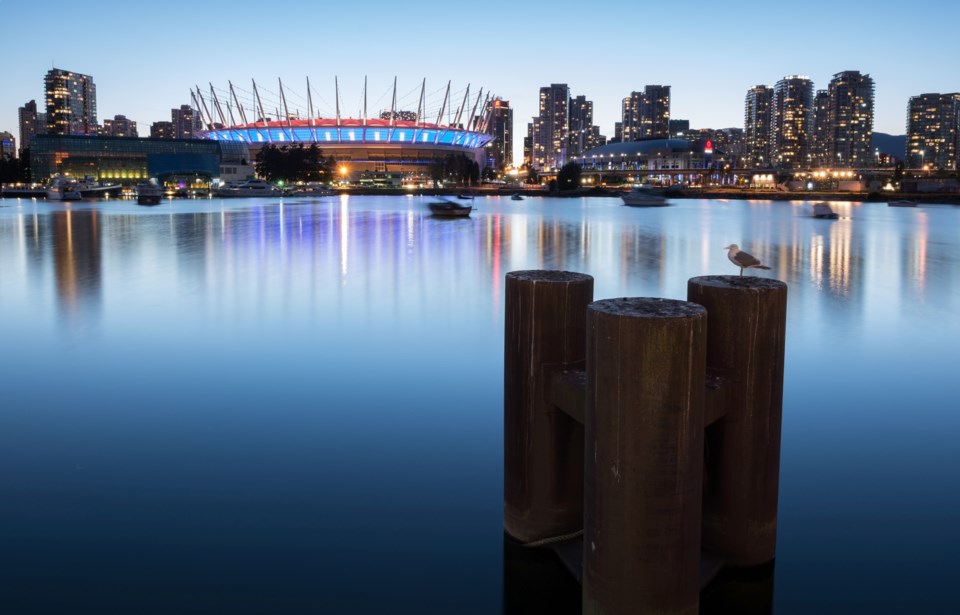
False Creek
One of Vancouver’s favourite spots for Dragon Boat racing, kayaking and walking along the seawall has also been a heavily polluted waterway that’s seen significant changes to its biodiversity and geography over the years. Thanks to the efforts of local organizations, advocates and the City of Vancouver, the area is recovering and once again becoming a home for herring, salmon and other aquatic species.
Can you swim in it:
No. False Creek is a secondary contact body of water, which means that only activities where water ingestion isn’t likely are recommended. This is because of the elevated levels of E. coli bacteria found in the waterway, which have reached concentrations high enough to compel some dragon boat teams and kayakers to cancel practice on False Creek.
Notable species:
False Creek used to be a dumping ground for any number of industrial chemicals and heavy metals used for shipping and logging, which killed off many of the aquatic life in the area. After Expo ’86, efforts were made to clean up the waterway, including installing boulder riprap along its shoreline. The Squamish Streamkeepers Society has also been wrapping landscaping cloth around creosote-soaked pilings to provide a nontoxic surface for herring to lay their eggs. As a result, False Creek has seen a return of several species, including salmon, herring and anchovies. “The last couple years have been boomtown production years for False Creek,” says Jeff Marliave, a senior scientist with the Howe Sound Research Group. “It’s in really healthy shape.”
Endangered species:
May species are only now returning to False Creek in a meaningful way, and none of the experts we spoke with mentioned any initiatives to protect endangered species in the area.
What would it have looked like 100 years ago:
Once upon a time, False Creek was a tidal flat used by Coast Salish communities for fishing and gathering shellfish. “When the tide was out, the table was set,” says Celia Brauer, co-founder of the False Creek Watershed Society. However, industrialization had a dramatic impact on the area, and by the late 1800s six sawmills operated in False Creek. By June 1, 1917, the first rail depot opened on the newly drained inlet, which was later used as a shipbuilding yard to support the war effort. By 1950, False Creek was described by one Vancouver mayoral candidate as “nothing more than a filthy ditch in the centre of the city.”
Biggest sources of pollution:
While the history of False Creek is full of notable sources of industrial pollution, currently the main culprits are oil leaks and raw sewage dumped into the water from boats moored on False Creek, and combined sewers, which allow untreated sewage to enter waterways during flashfloods.
Biggest issue of 2017:
Preventing boats from dumping raw sewage into False Creek, as well as controlling the overflow of untreated sewage from combined sewers in Vancouver, were key issues experts say should be addressed in 2017.
Current cleanup projects:
Streamkeeper groups, such as the Squamish Streamkeepers Society, continue to play an active role in restoring False Creek’s aquatic life. The City of Vancouver has also supported the health of the waterway by creating the False Creek seawall, which provides a buffer zone between False Creek and runoff from nearby traffic.
What people can do to get involved/help:
“Being supportive of local initiatives is what people can do to get involved,” says Brauer. Remove garbage from False Creek by joining a cleanup group, such as the Lower Mainland Green Team and Great Canadian Shoreline Cleanup. Sign up to attend a local shoreline cleanup, which takes place this April 22 at 11am, here. Or become a member of a local streamkeeper organization, such as the Squamish Streamkeepers Society.
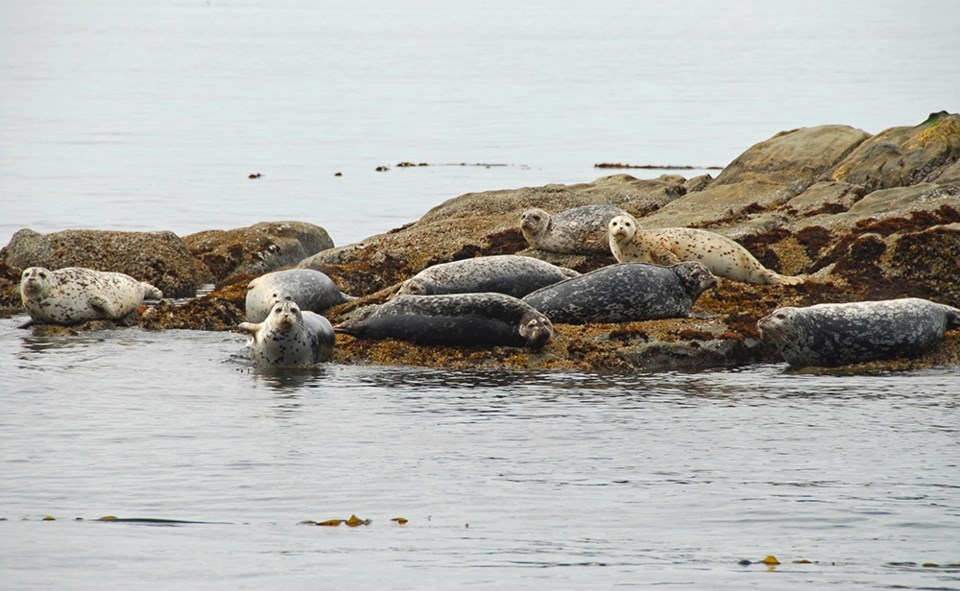
Strait of Georgia
The Strait of Georgia is a 220 kilometre-long inland sea nestled between Vancouver Island and the mainland, running from the island’s southern tip up to where it and the mainland almost touch. Part of the Salish Sea, it’s the terminal point for hundreds of rivers, and home to countless aquatic species. Its rich biodiversity has made the Strait of Georgia a highly productive waterway, but commercial fishing, ships and warming and acidifying waters due to climate change are all endangering its marine life in ways that have experts worried about its future.
Can you swim in it:
Yes. Thanks to the incredibly powerful ocean currents that regularly flush contaminants out of the Strait of Georgia, the waterway is relatively clean. Although, check for signs posted at local beaches warning of high levels of E. coli bacteria that could make swimming unsafe.
Notable species:
“The biodiversity in the Strait of Georgia is quite remarkable,” says Jay Ritchlin, director general, Western Canada, with the David Suzuki Foundation. You’ll find orca whales; glass sponges that people barely knew exited 20 years ago; sea lions; humpback whales; shellfish, such as clams and oysters; corals; and, seabirds like the marbled murrelet, a small bird in the same family as puffins, to name a few. Dick Beamish, a fisheries biologist and retired Fisheries and Oceans Canada scientist, also noted that Pacific herring, hake fish and five species of salmon are all highly abundant in the strait.
Endangered species:
There are currently 78 southern resident killer whales, says Ritchlin, down from 80 in 2016. The federal government recently released an Action Plan to determine how to bring the whales back from the brink of extinction, but one approach to help boost numbers, says Ritchlin, is to protect another species of concern: Chinook salmon, the whales’ prime source of nutrition. There are many varieties of salmon that people can eat, he says: “Leave the Chinook for the whales.”
What would it have looked like 100 years ago:
In 1917, the Strait of Georgia would have been used as fishing grounds for First Nations, along with commercial fisheries and shipping and logging operations – fish trawling started 53 years later. “The fisheries for salmon were huge and almost out of control,” says Beamish. As a result of growing concern about the fishery, the Sockeye Salmon Convention was signed in 1930 between Canada and the US and the Pacific Salmon Fisheries Commission was established in 1937 to protect and preserve salmon stocks.
Biggest sources of pollution:
Ship traffic; chemicals from forestry, agriculture and pulp mills; untreated sewage; chemicals from consumer products; and airborne contaminants that get deposited into the ocean all contribute to pollution in the Strait of Georgia. However, because of strong ocean currents, the water in the strait is flushed on an annual basis, says Beamish. The main concerns, he says, are that climate change is causing ocean acidification and warming water temperatures.
In the past 50 years or so, the temperature of the inland sea has risen by a degree and a half, Beamish says. “That warming is a trend and the trend is indisputably increasing… This warming changes the overall population dynamics of many of the organisms that reside in the Strait of Georgia, particularly the plankton dynamics, which is food for all the higher [up the food chain] organisms.” Plankton and shellfish are also impacted by ocean acidification, he added, which is caused by an increase in carbon dioxide levels. Another concern is that pockets of low-oxygen water in and around the strait have been on the rise in recent years, Beamish says. While researchers suspect climate change may be involved, the exact cause of the increase has yet to be determined.
Biggest issue of 2017:
The southern resident killer whale is a prime concern, says Ritchlin. “They represent the top of the food chain, and if they’re not doing well, it means a lot of things underneath them [in the food chain] are broken.” Limiting shipping in the strait would help, he says, as noises from ship traffic, along with injuries to orcas as a result of run-ins with ships, are negatively impacting the species.
Current cleanup projects:
Each year, volunteers take part in the Great Canadian Shoreline Cleanup, led by the Vancouver Aquarium and the World Wildlife Fund. Clean-ups along Vancouver’s coastline take place this year on April 22 starting at 11am.
There are also several streamkeeper groups, including the Pacific Streamkeepers Federation, that support initiatives to clean up rivers – preventing contaminants from entering larger bodies of water like the Strait of Georgia.
What can you do to help:
Ritchlin recommends using less plastic and purchasing sustainable seafood, along with these simple words of advice: “Stop using chemicals you don’t need, and get better controls on what you do use.”
You can join a local streamkeeper and shoreline cleanup group to remove garbage from our waterways. Yet another approach is to increase your knowledge of the issues. “The most important thing BCers can do is become informed about the Strait of Georgia,” says Beamish, who contributed to The Sea Among Us book that provides a comprehensive study of the Strait of Georgia.
Fraser Riverkeeper, Surfrider Vancouver and Purple Wave Acai will be celebrating Earth Day at the Wreck Beach on April 22 with a beach cleanup from 11am to 1pm. Visit their Facebook event page here here and RVSP here.
To help with the recovery of the resident killer, you can report whale sightings to the BC Cetacean Sightings Network by email and phone: 1-800-465-4336.
